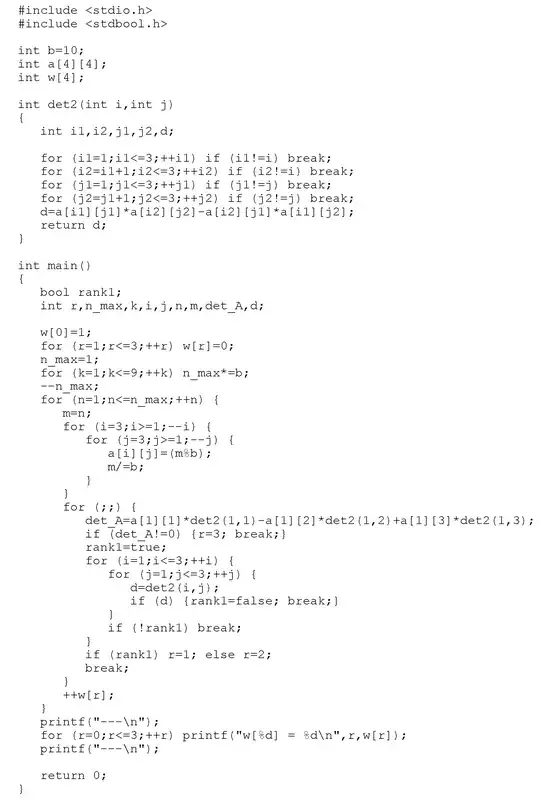Suppose we have a matrix $A_{3 \times 3}$ and its entries are only from the set of numbers $\{0,1,2,3,4,5,6,7,8,9\}$. Evidently there are $10^9$ possible different such matrices $A$.
Question:
- Is it a method of computation how many from these $10^9$ matrices are singular?
- or more accurately can we compute how many matrices of rank $1,2,3$ are in the set of all possible matrices $A$ ?
